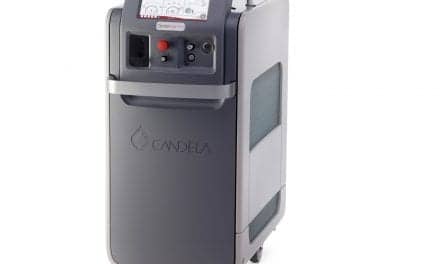
Embezzlement is defined as withholding assets for the purpose of conversion (theft) of such assets, by one or more persons to whom the assets were entrusted, either to be held or to be used for specific purposes. It is an act of dishonesty, and in the legal community, it is a statutory offense punishable by criminal prosecution.
It’s devastating to think that someone in our lives, known or unknown, has decided to unilaterally become a partner in our business without telling us, but embezzlement is usually committed by either an employee, colleague, business associate, or partner. Often by the time we find out that something is wrong, tens or even hundreds of thousands of dollars are gone, and are most likely unrecoverable. This loss doesn’t include the violation of trust, which will make it difficult to trust again in the future.
Here are five ways your employees may be stealing from you, and tips on how to prevent such theft in the future:
Scam No 1: Faux Vendors
Are names of new vendors appearing in your checkbook? If so, they could be fakes.
Avoid this by auditing your own financials. Do not leave this up to your office manager and/or accountant, no matter how much you trust them. If there are any vendors you haven’t heard of, ask to see the actual invoices and the purchases. Insist on approving all new vendors prior to authorizing any new purchases.
Scam No 2: Multiple Accounts with Similar Names
In this scenario, someone opens a separate account with the name of the practice, and is the only authorized signor. Some days, the deposit goes in one account; and other days, it hits the other account.
Avoid this by making sure your total revenue—whether cash, checks, or credit cards—matches the deposit slips at the end of each day. It is easy to verify that the deposit is correct internally. However, that doesn’t mean that it was the same amount that actually hit the bank. Create a ledger that has the amount of the deposit slip, and audit the actual amount of the deposit(s) on your bank statement to the ledger.
Scam No 3: Disappearing Cash
A patient pays for a procedure in cash, and someone other than you pockets it.
Avoid this by matching the procedures on your surgical register/log to those in your practice-management system to determine that each and every procedure was logged in appropriately.
Scam No 4: The Patient Who Wasn’t
Some patients may not have been checked out in your practice-management system, even though they have been treated and released.
Avoid this by reviewing the charges and procedures performed in your patient registry. In addition, check the deletion record in your practice-management system to see if a transaction that was originally logged was subsequently deleted so it would not show in the daily receipts.
Scam No 5: Creative Accounting
Creating patient refunds that never took place is another way for an employee to embezzle funds.
Avoid this by creating and checking a refund log. In addition, all refunds should be authorized by you or another senior person in your practice, similar to a department store where the supervisor has to enter their code or use a key to authorize the refund.
Many of these steps involve taking a proactive approach to managing your own finances, but this is well worth your time and can prevent a lot of future heartache and loss. Trust me.

Ed note: The first time I heard Jay Shorr discuss employee theft at a meeting, I walked away thinking, “He couldn’t possibly be right, could he?” He is. I have heard from many readers who have been the victims of embezzlement, sometimes at the hands of their most trusted associate—with damages in the high six figures. This article is dedicated to them.



